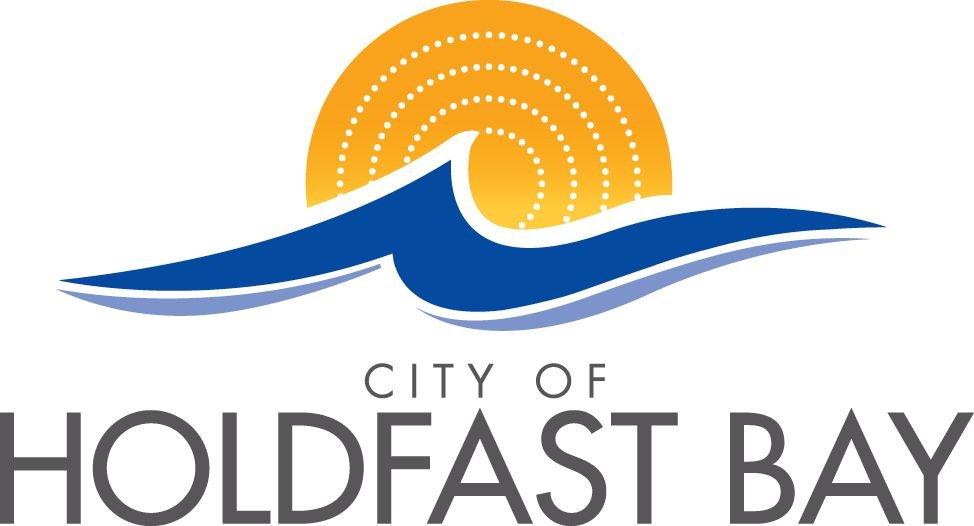Water Sensitive Urban Design
Adelaide’s shifting climate is changing rainfall patterns. We expect:
less annual rainfall, particularly over spring,
more droughts, and
increased number and intensity of intense rainfall events.
This is a big challenge - not only do we have to deal with reduced total rainfall, but we have to be ready for lots of it in short bursts. More than ever, we are a land of droughts and flooding rains. Changing rainfall patterns mean that we need to be wiser in how we use water. Rather than simply channeling stormwater out to sea, our councils are using a range of clever techniques to integrate natural water cycles into our suburbs. This allows us to improve the health of our waterways, increase trees and green spaces, better manage risks and decrease costs.
Water Sensitive Urban Design (WSUD) promotes the sustainable use of water in urban development and is guided by the following principles:
Make the most of the total water cycle in urban development and building - including rainwater, storm water, groundwater, mains water and waste water.
Use cities, towns and homes as water supply catchments by harvesting rainwater and storm-water, re-using grey-water and recycling wastewater rather than importing water from distant and ecologically vulnerable rivers and catchments.
Re-integrate water back into the urban landscape to cool our homes and streets by designing drainage systems that channel stormwater into vegetated swales, rain gardens and tree pits; or using permeable materials for roads that allow rainwater to infiltrate into the soil.
Use fit-for-purpose water e.g. rather than using drinking water (mains water) to flush toilets and irrigate; use rainwater, grey-water or recycled water.
Protect receiving waterways (rivers, streams and coasts) by using green technologies such as wetlands, raingardens and bio-filters to slow the flow of stormwater runoff and remove pollutants before it is released to streams and coastal waters.
In addition to the many liveability and environmental benefits of WSUD, it’s also one of the best ways to cool our cities by retaining trees, vegetation and water in the landscape. We work closely with developers to encourage them to consider WSUD principles in the design of new housing developments. We also incorporate WSUD when we upgrade our streets, parks and public spaces.
To learn more, visit Water Sensitive SA, www.watersensitivesa.com, of which we are a proud partner.
STREET TREE INLETS and verge soakers
Increasing periods of hot and dry weather are tough on our street trees and verge plantings, which require increased watering over dry periods. To help our trees get through dry periods, we are installing underground reservoirs street trees can access. These reservoirs are filled with water collected from the rooves of nearby houses or inlets installed in kerbside gutters that are specially designed to keep out debris, and allow rainwater to be collected near where it falls, rather than being flushed right out to sea. By storing water under our kerbs we can keep our trees passively watered in dry periods, while also decreasing the pressure on our stormwater during heavy rainfall events, reducing the risk of flooding.
Street tree inlets have been installed across the Cities of Holdfast Bay, Marion, Mitcham and Onkaparinga. As of 2022, we have installed more than 1000! Learn more about how street tree inlets make water available to trees in this video.
Verge soakers work to collect the rainwater from the rooves of houses to reservoirs installed under the kerb. This video shows how the process works.
NATural and artifical Wetlands
Sometimes referred to as the kidneys of the river, wetlands are important for improving water quality. By slowing down the flow of water, sediments and pollutants are removed, improving downstream water quality. Wetlands are also biodiversity hotspots, supporting large populations of fish, insects, frogs and water birds. We are working to restore wetlands in our region, as well as to create new wetlands. So far, we have built more than 30 wetlands across our region. Our wetlands include:
Watch this video to learn more about how constructed wetlands help to manage our stormwater and improve water quality.
PERMEABLE PAVING
Much of our urban environment is paved with concrete and asphalt. When rain hits these hard surfaces, it drains away into the stormwater system. This means that most of the water can’t soak through the soil to water trees and recharge groundwater. If stormwater drains are blocked, local flooding can occur.
By using permeable paving, rain is able to penetrate through the paved surface to water trees. The City of Mitcham has led trials of several permeable pavement types, including some made from recycled tyres.
Learn how permeable paving works to improve tree health and stormwater quality.
RAIN GARDENS
Rain gardens are planted features installed next to paved areas that allow stormwater to be collected, filtered and used by plants - just like miniature wetlands! Rain gardens are increasingly common across the southern region and can be seen in our streets, carparks and public places. Rain gardens can be used to grow all kinds of vegetation to make our suburbs greener, including native trees, shrubs and understorey plants to boost our urban biodiversity.
RAIN GARDEN IN HARVEY HAYES RESERVE, Mitcham
BEFORE
AFTER
In 2017, a new rain garden was constructed by City of Mitcham at Harvey Hayes Reserve, (between Wilmott and Day Avenues, Daw Park). The rain garden receives stormwater from as far as Goodwood Road, soaking it into the reserve’s soil to reduce potential flooding downstream, while any overflow is filtered through the pond’s edges. Indigenous plants surrounding the pond will continue to grow and more species will be added in the future to improve biodiversity, colour and provide improved cover for birds. The project will also provide cooler temperatures in the reserve and reduce the need for irrigation making it more user friendly and climate ready during extreme hot days.
These rain gardens are situated in Ramsay Place, Noarlunga at the bottom edge of a network of agricultural drains to capture stormwater. As the rain garden is situated away from a storm water inlet, it was built with a sump at the bottom that could store the treated rainwater and then pump it out to the stormwater system as necessary.
bringing it all together
Several water sensitive urban design (WSUD) features can be combined to create public spaces that are green, cost-effective and meet the needs of the community. For example the Norman Street Reserve at St Marys uses rain gardens, water detention and recycled stormwater to create a high quality green space that requires less irrigation and is less at risk from both droughts and flooding.
The Norman Reserve WSUD features collect stormwater from neighboring roads. The rain gardens are also linked by grassed swales and shallow pools have been constructed to collect stormwater to water vegetation and tress, improve amenity and filter out pollutants.
LEARN MORE
You can learn more about innovative water sensitive urban design projects, including ways you can improve water use in your garden, by visiting our partners:













